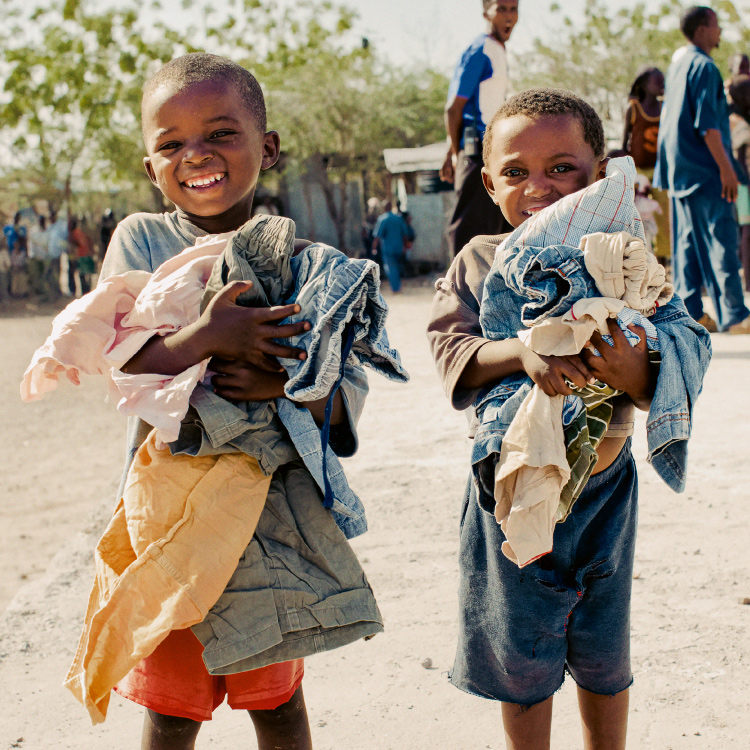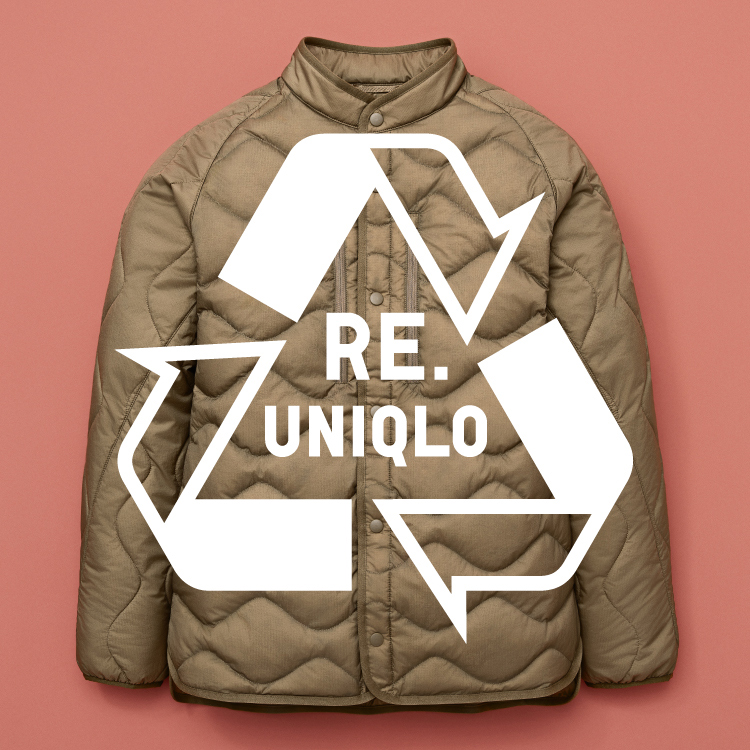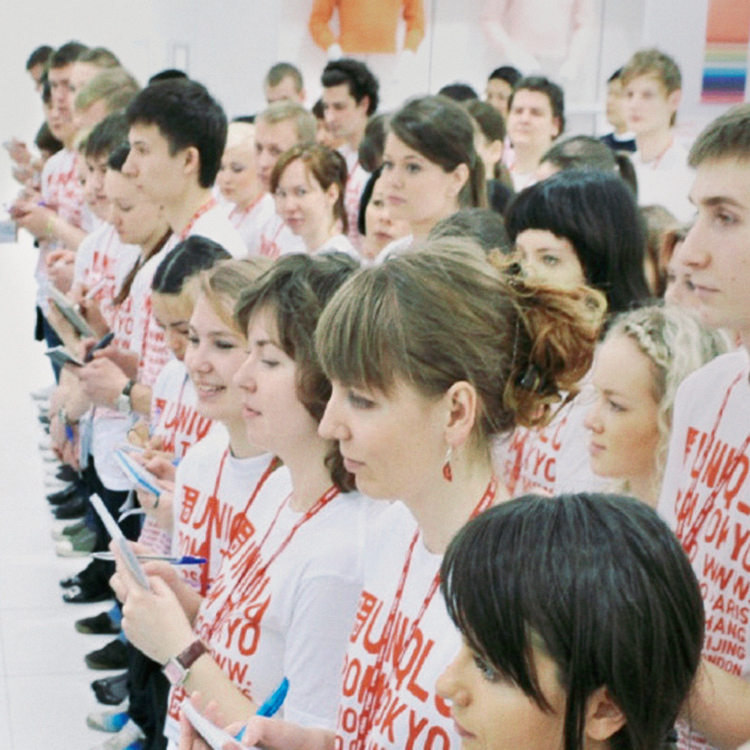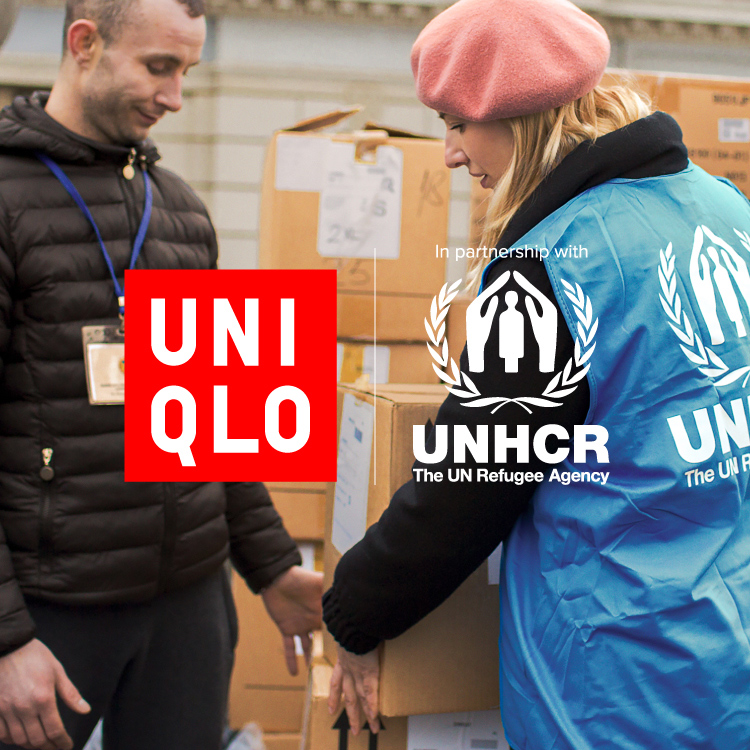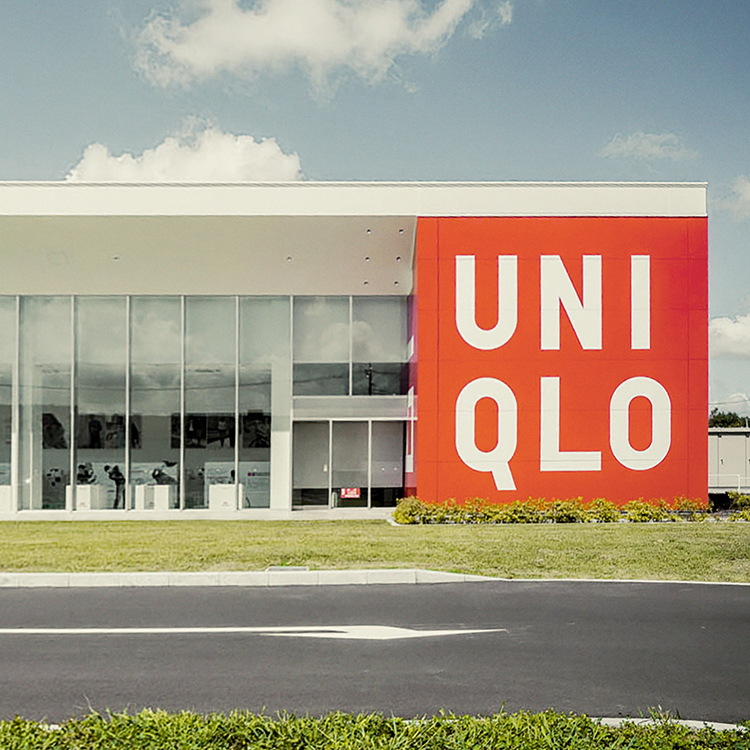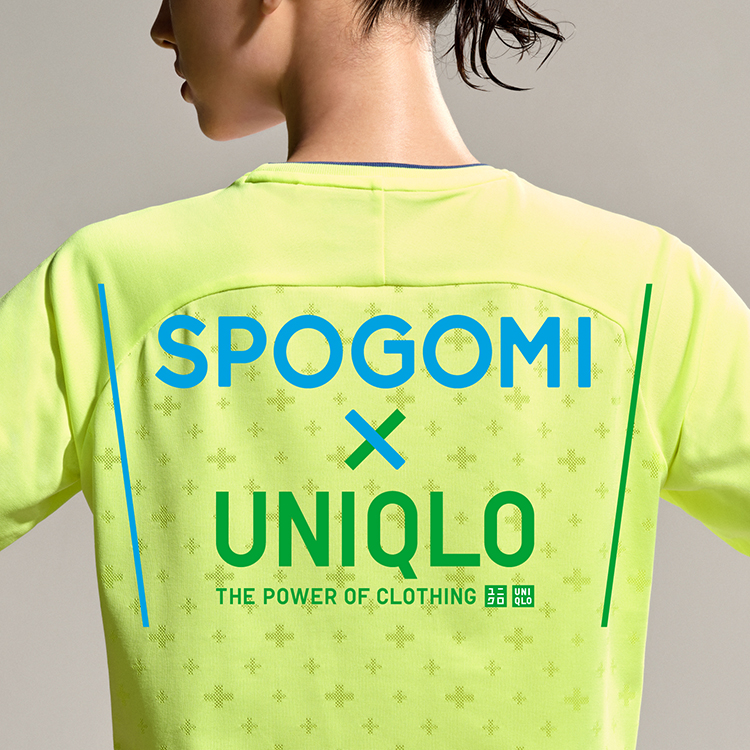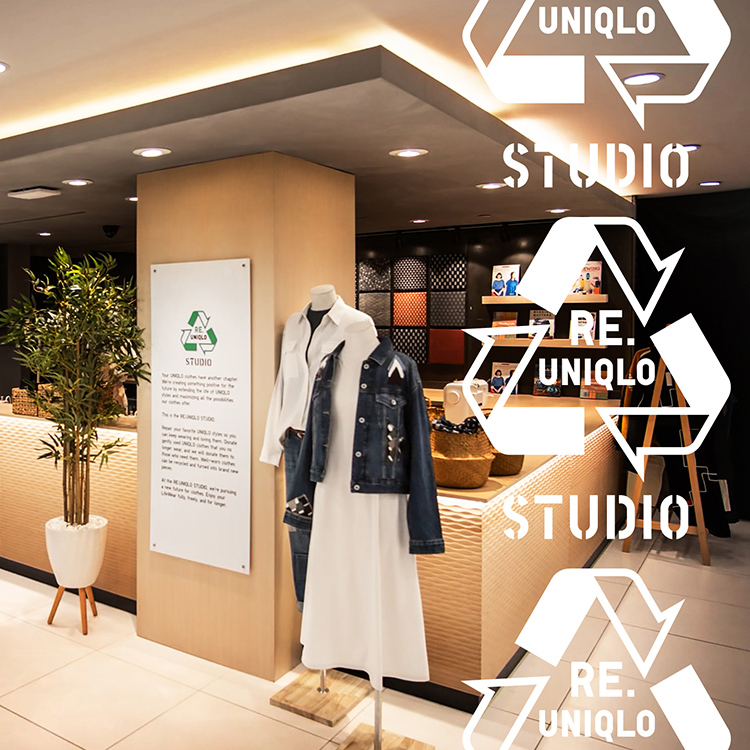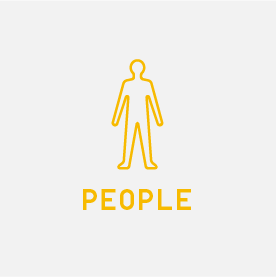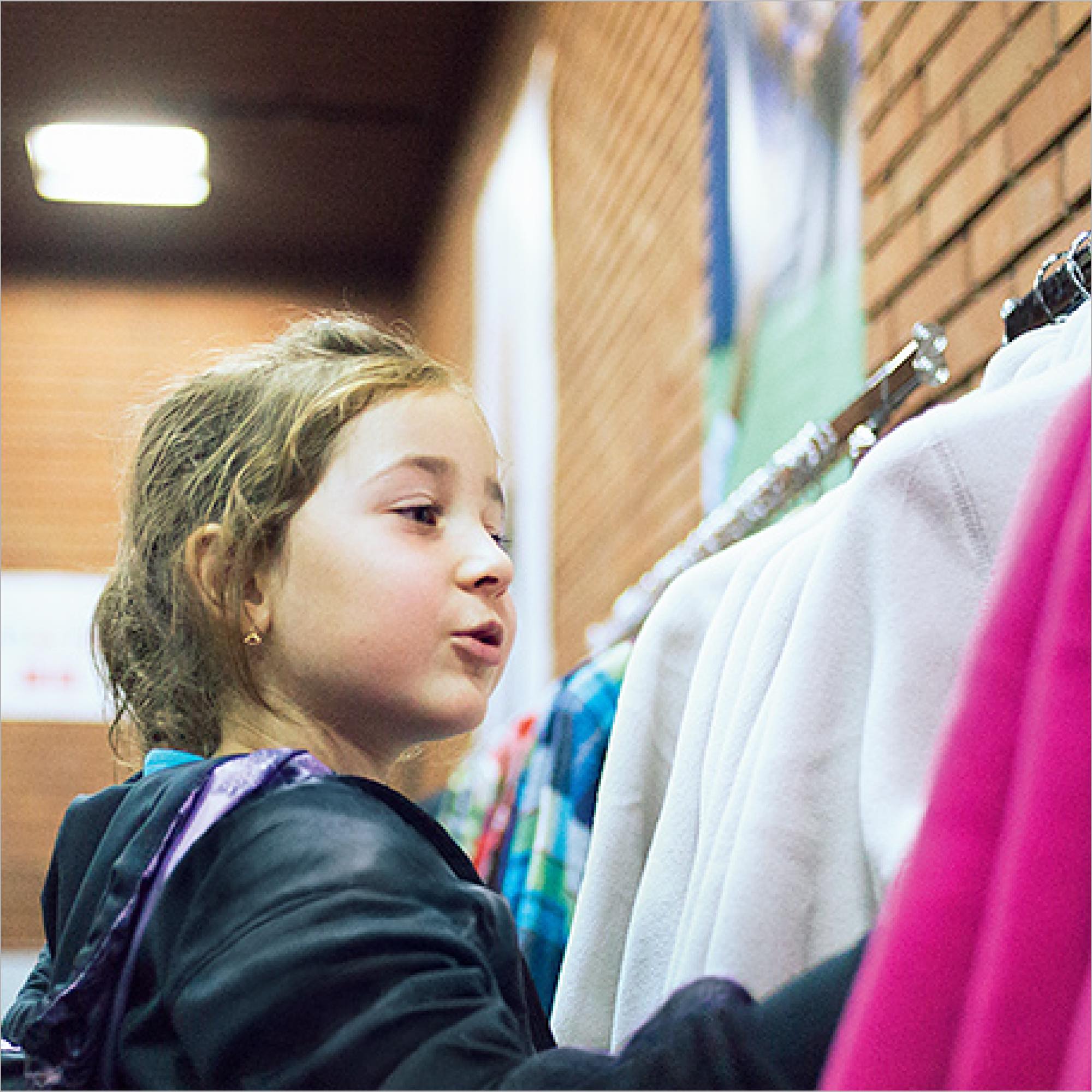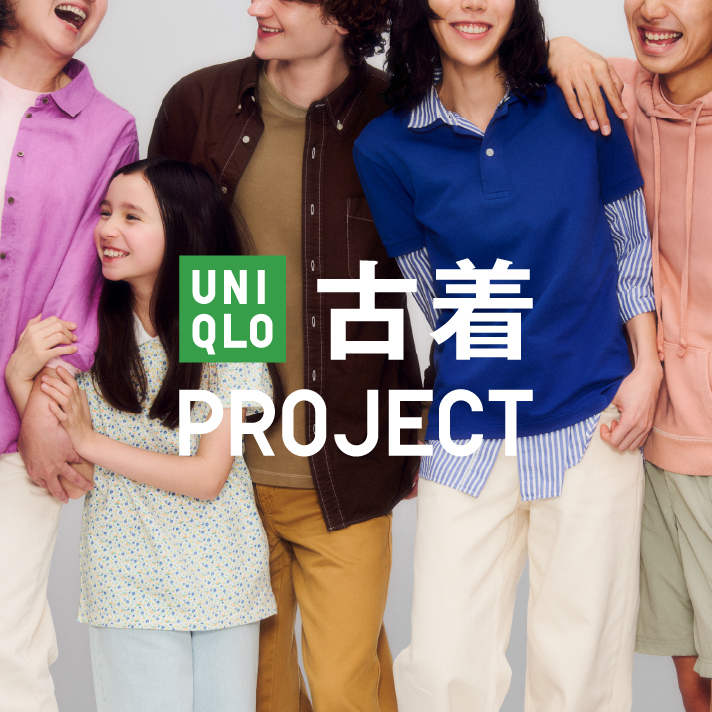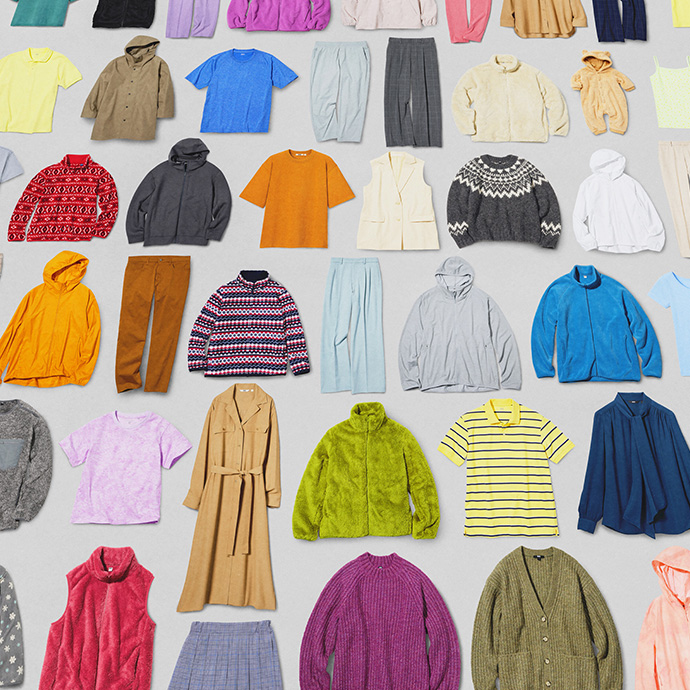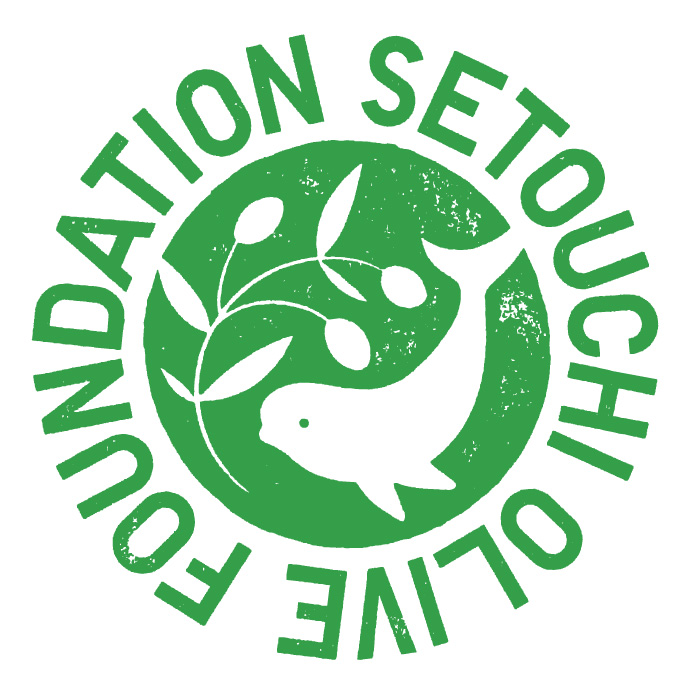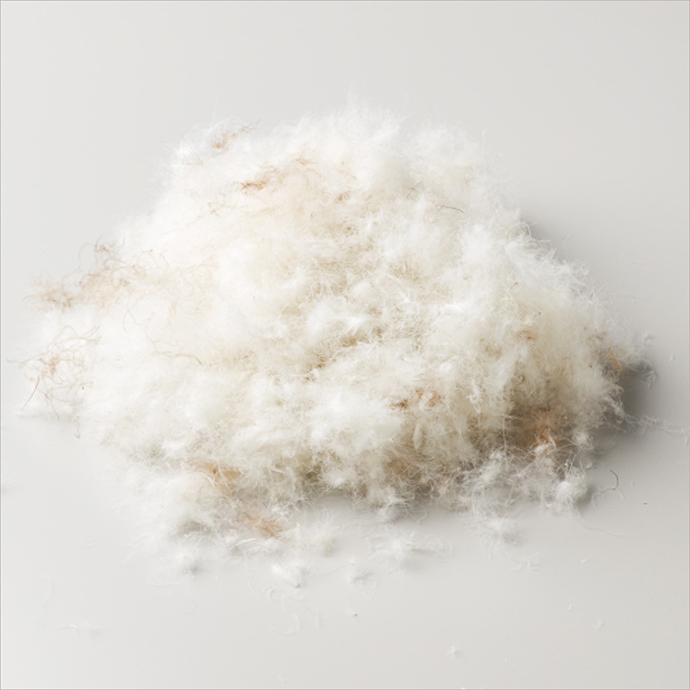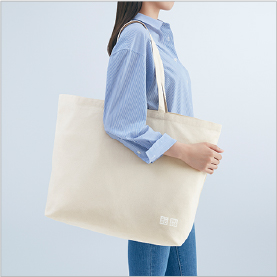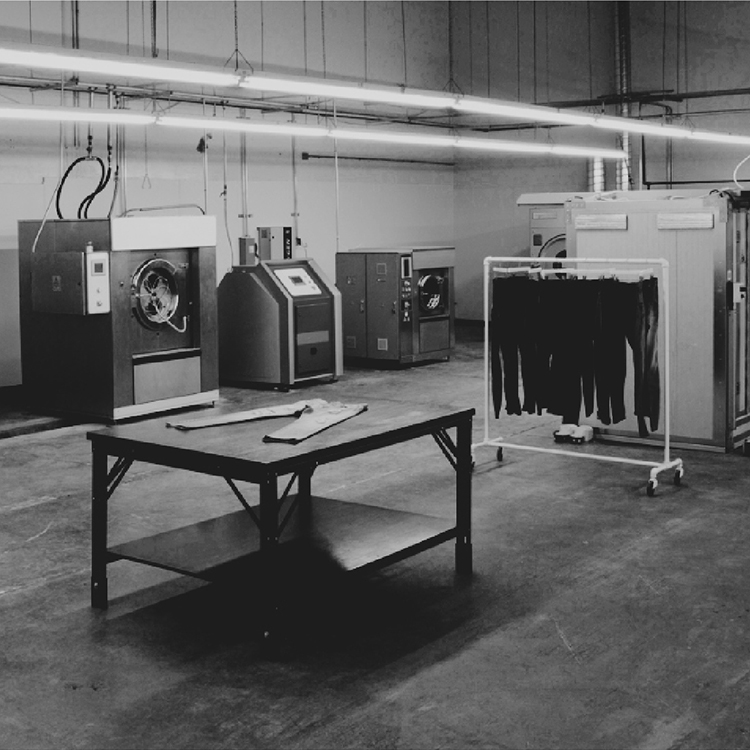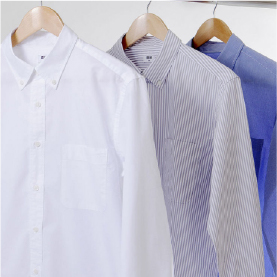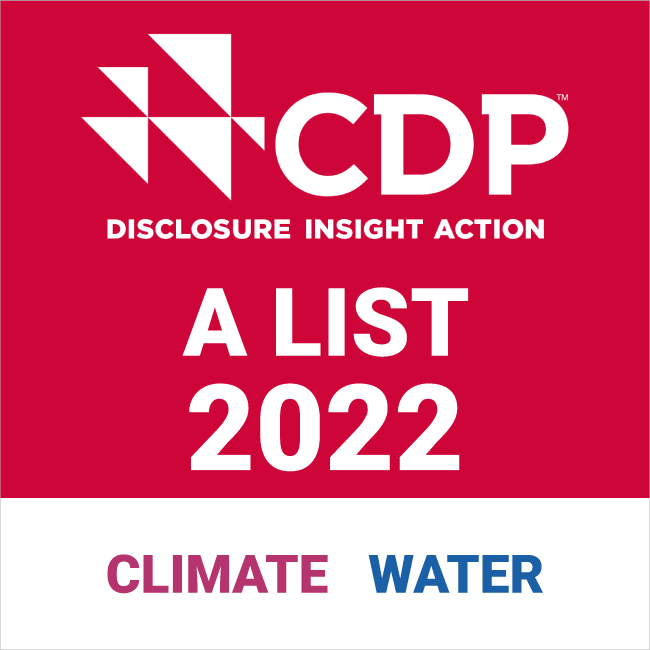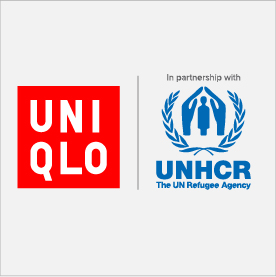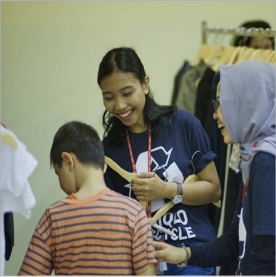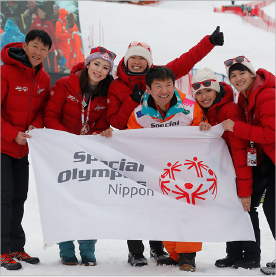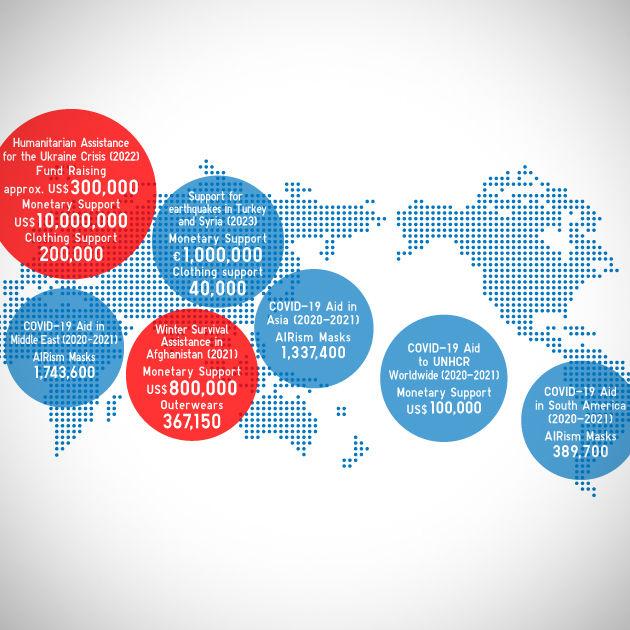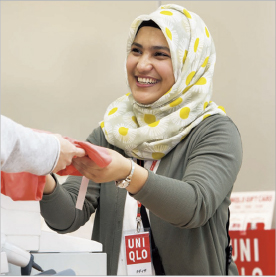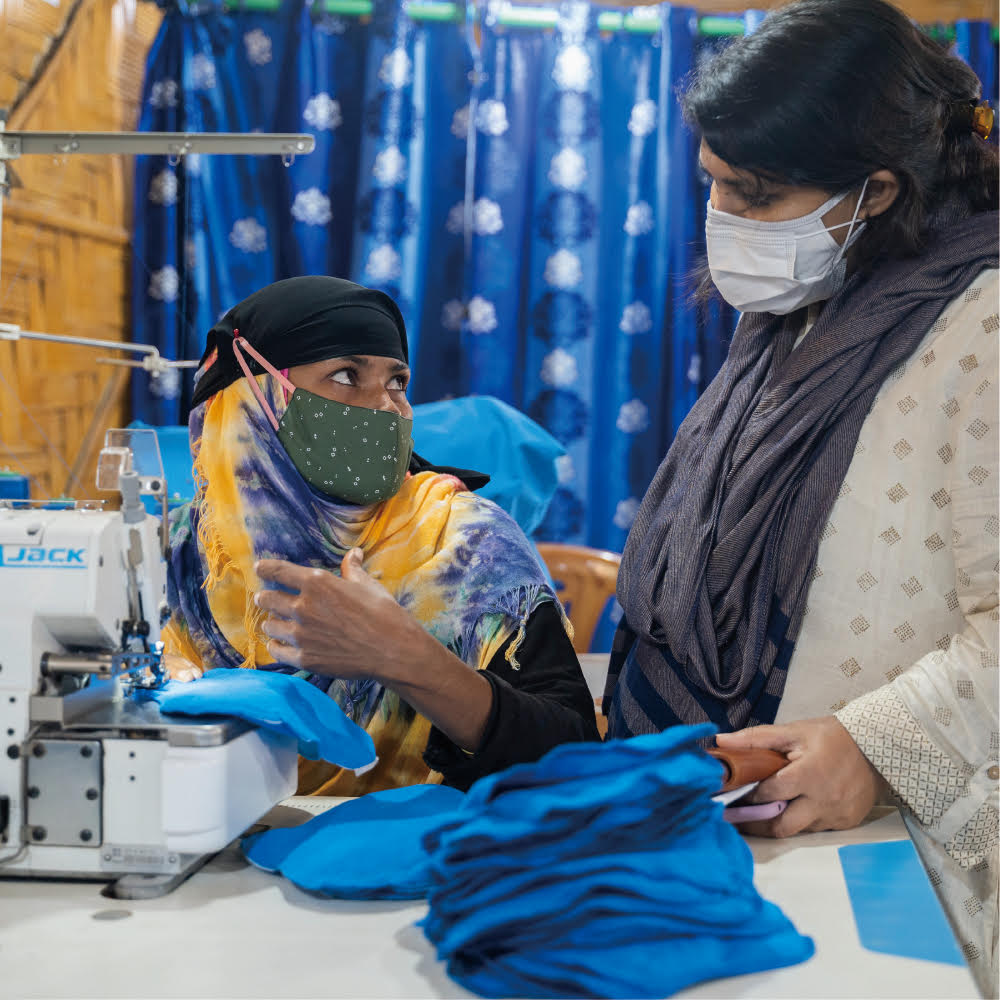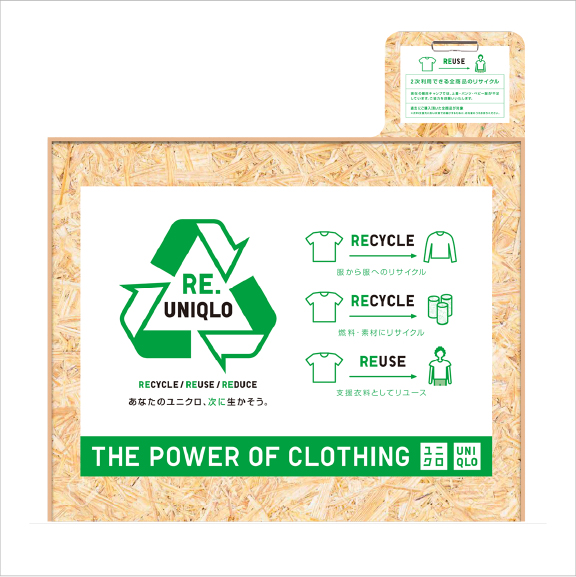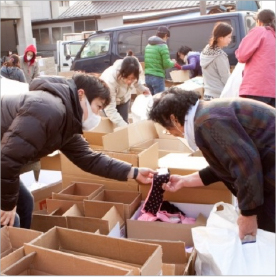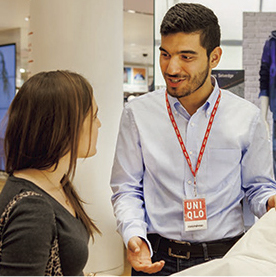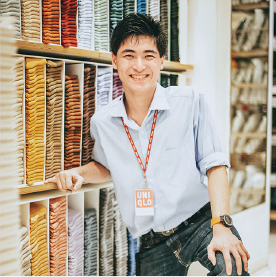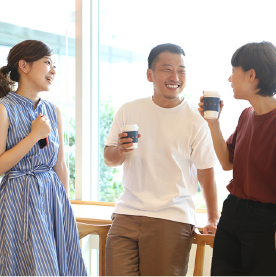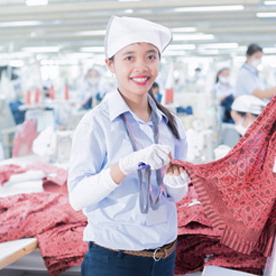
UNLOCKING THE POWER OF CLOTHING
We believe we can turn the power of clothing into a force for good.
By designing, making and selling good clothing,
we can make the world a better place.
Good clothing means simple clothing, high in quality, and built to last.
It's clothing that enriches the lives of people
who wear it by giving them comfort, protection and pleasure.
It is produced in a way that is harmonious with nature,
without excessive burden on the environment.
Good clothing is made by people of diverse backgrounds
working with energy and enthusiasm, under conditions
where their health, safety and human rights are respected and upheld.
And we will extend this same spirit to our customers and all our stakeholders,
working with them to aspire to a better society where we all thrive.
This is our promise: to always work toward a better, more sustainable society.
UNIQLO Sustainability Activities
KEYWORD
Most Viewed Contents
-
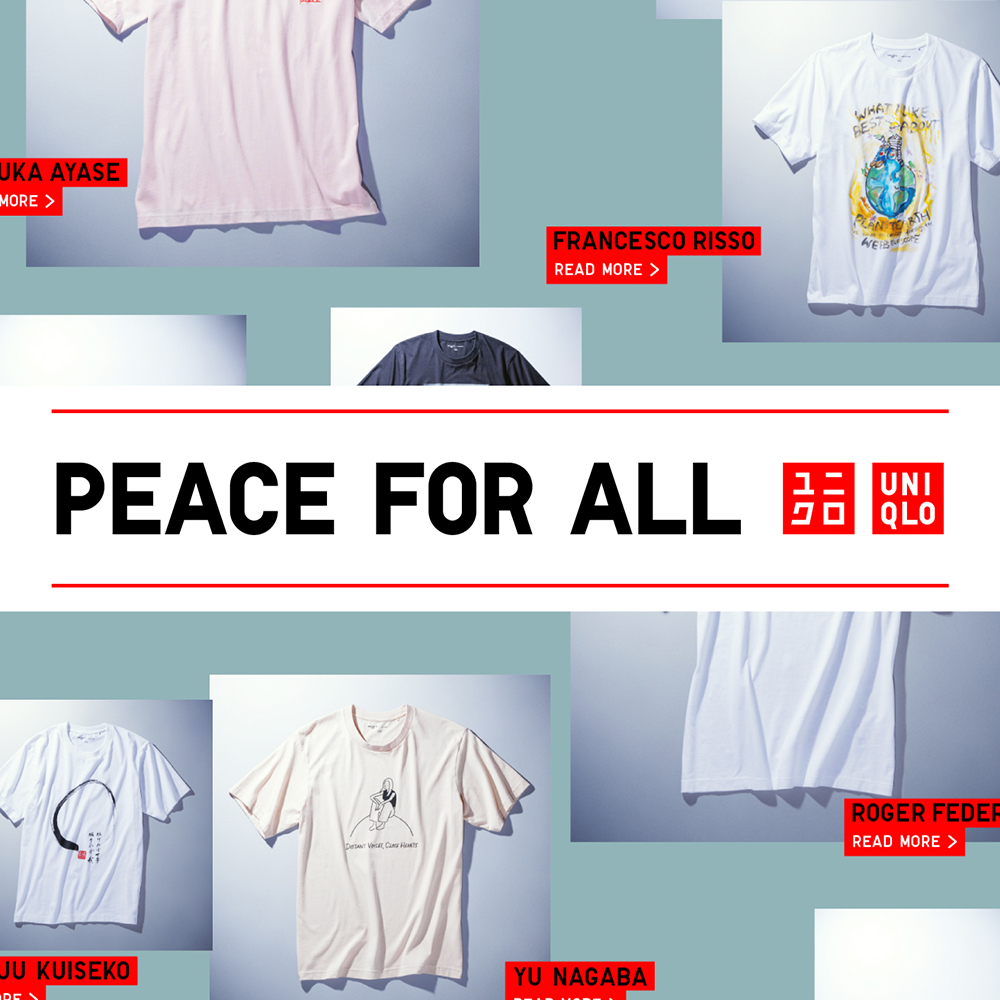
PEACE FOR ALL
A SINGLE T-SHIRT HAS THE POWER TO SPREAD PEACE. “It’s time for action, in the name of world peace.” Major figures who share this vision with...
Read More
-

RE.UNIQLO STUDIO
Your UNIQLO clothes have a long life ahead of them. We're creating something positive for the future by keeping UNIQLO items in circulation....
Read More
-
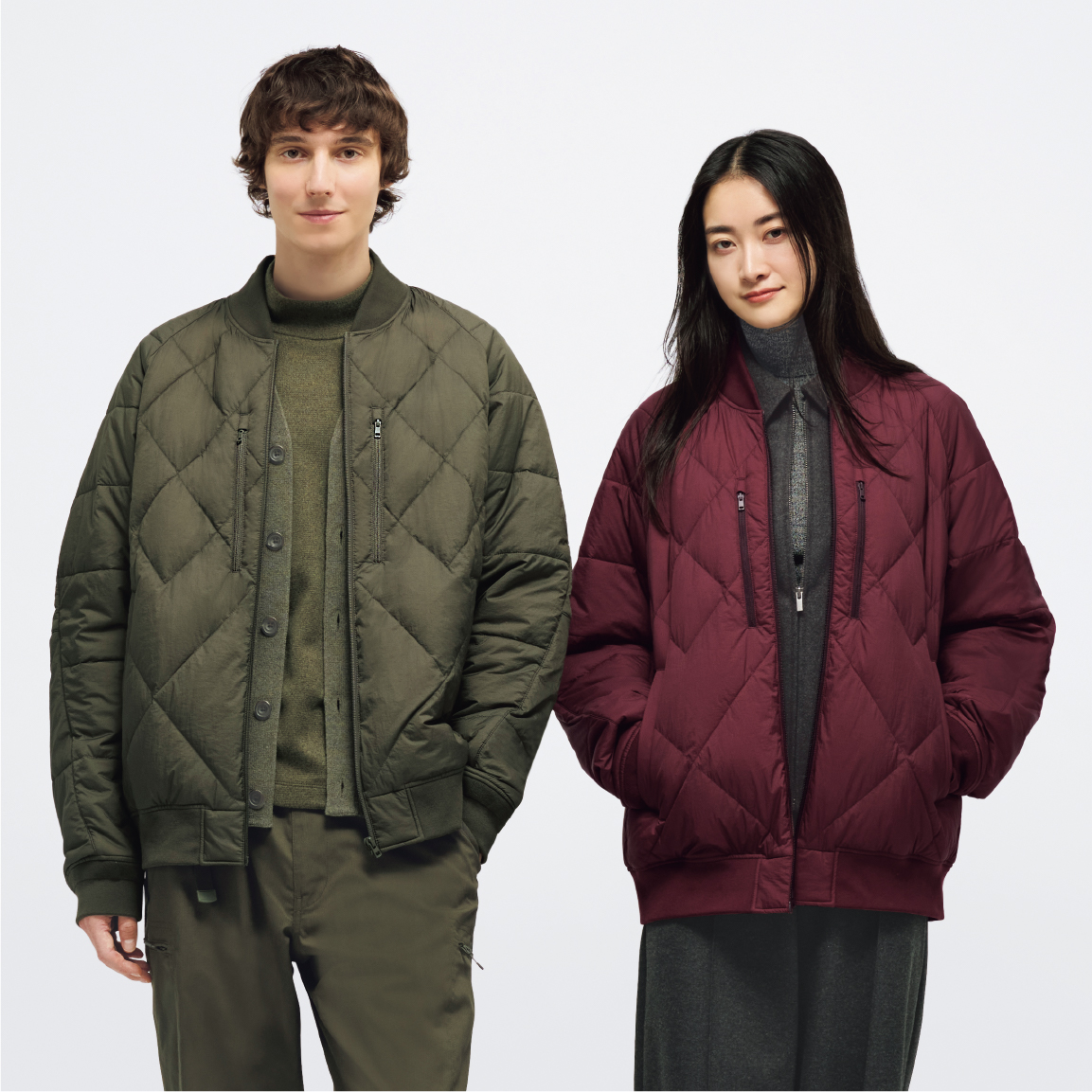
UNIQLO DOWN RECYCLE
Recycling clothes into clothes, UNIQLO’s latest challenge that opens up new links between people, clothing, and the global environment. We are...
Read More
-
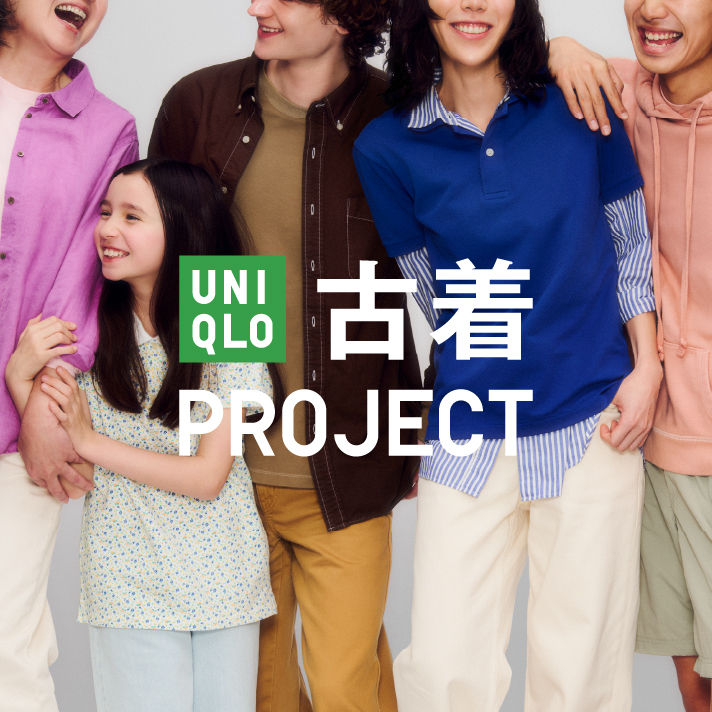
UNIQLO PRE-OWNED CLOTHES PROJECT by RE.UNIQLO
Once you’ve made the most of your clothes, it’s time to recycle. RE.UNIQLO is working towards a circular society by selling pre-owned clothes.....
Read More
Recommended Contents
-
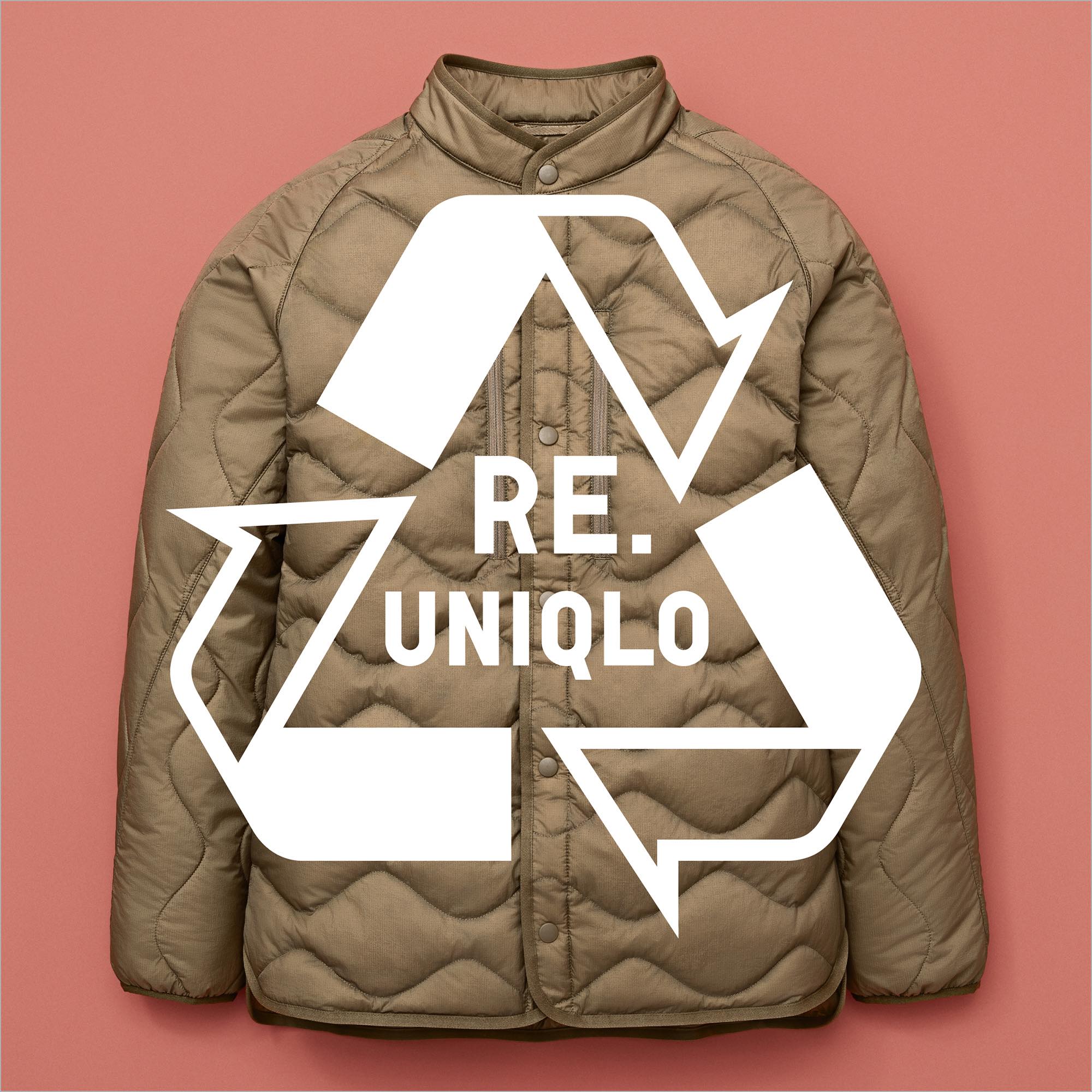
RE.UNIQLO
Can your old clothing improve the future? Yes! At UNIQLO, we recycle your used garments through our circular sustainability programs. Take our recycled down ini...
Read More
-
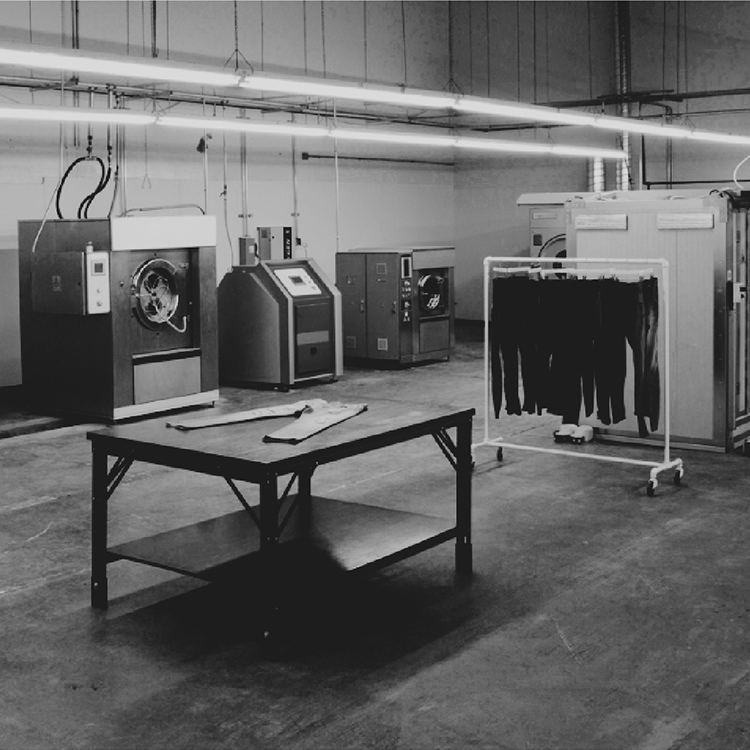
JEANS INNOVATION
At the JEANS INNOVATION CENTER in Los Angeles, California, UNIQLO is rethinking the way that jeans are made by updating the methods...
Read More
-
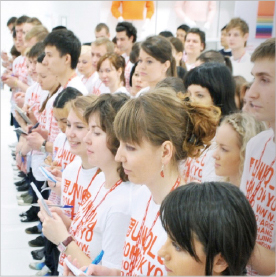
GENDER
All women should be able to pursue their dreams and forge a new tomorrow. We want to see women enjoy infinite possibilities. Believe in a world that enables wom...
Read More
-
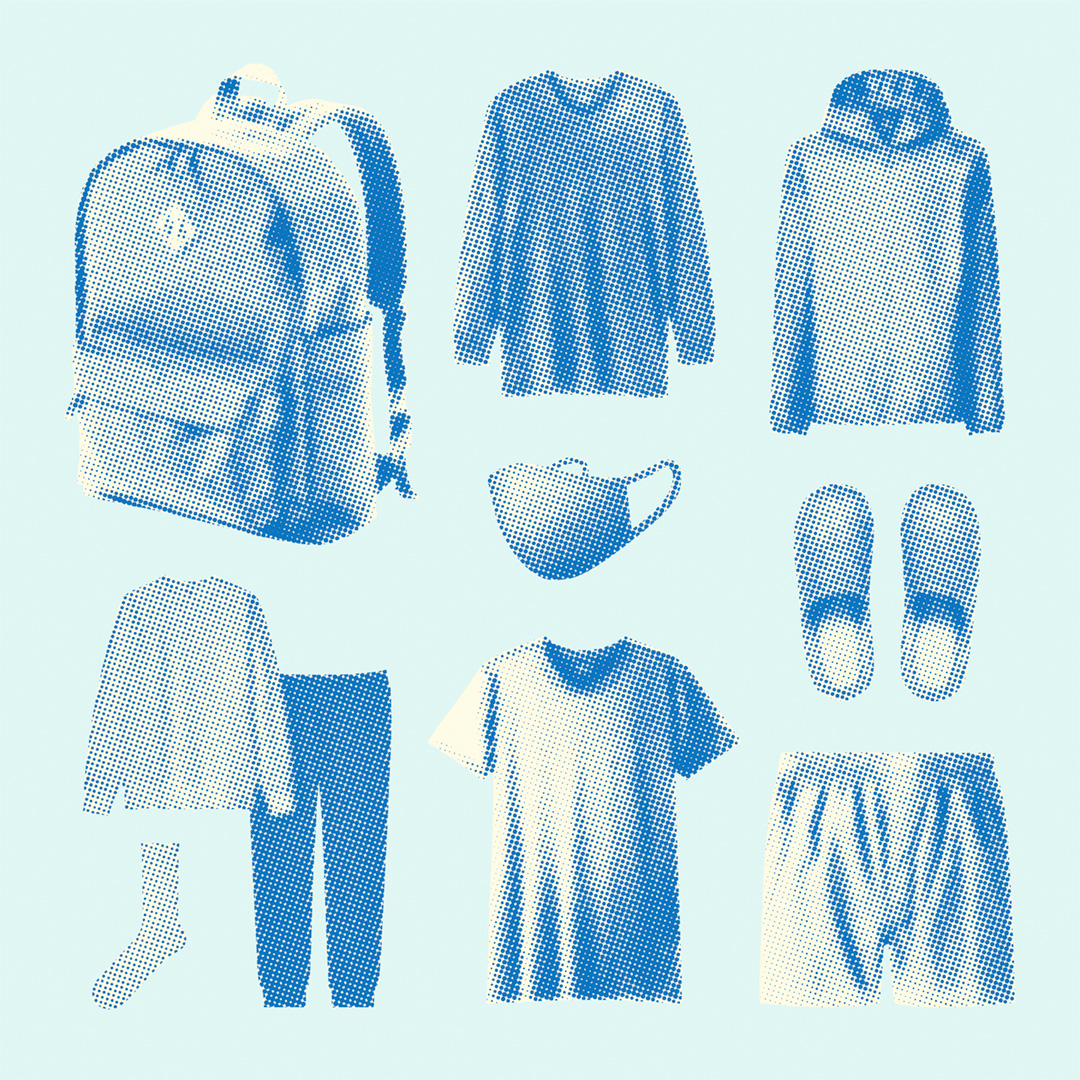
PREPARING CLOTHES FOR AN EMERGENCY DISASTER
UNIQLO has aided disaster victims around the world over the past 20 years. It has learned in the process that few people prepare clothing kits for such emergencies...
Read More
Newest Contents
-

UNIQLO DOWN RECYCLE
Recycling clothes into clothes, UNIQLO’s latest challenge that opens up new links between people and clothing. We are starting with down, which encompasses UNIQLO’s entire down items ranges sold worldwide...
Read More
-

PEACE FOR ALL
A SINGLE T-SHIRT HAS THE POWER TO SPREAD PEACE. “It’s time for action, in the name of world peace.” Major figures who share this vision with...
Read More
-

UNIQLO PRE-OWNED CLOTHES PROJECT
Once you’ve made the most of your clothes, it’s time to recycle. RE.UNIQLO is working towards a circular society by selling pre-owned clothes.....
Read More
-
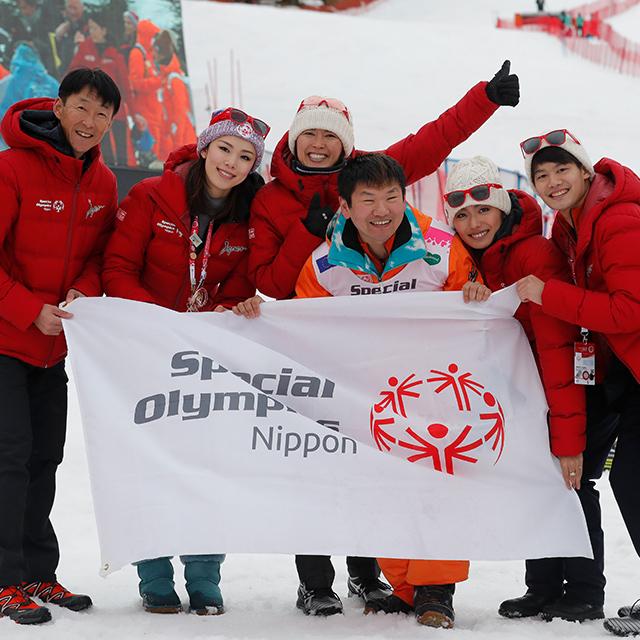
SPECIAL OLYMPICS
Special Olympics is an international organization that provides sports training and competition for people with intellectual disabilities...
Read More


